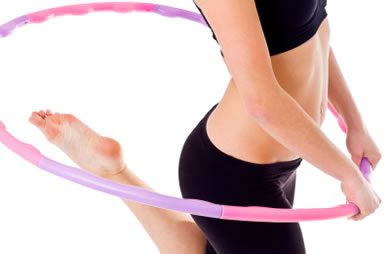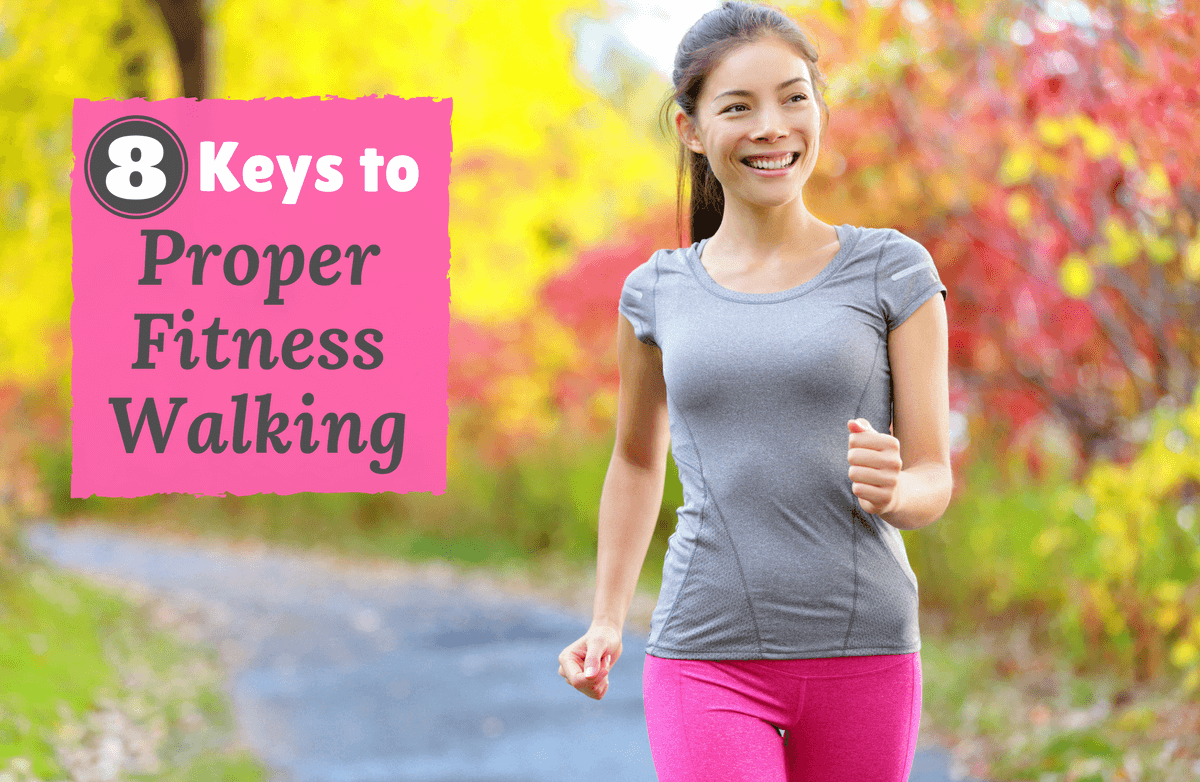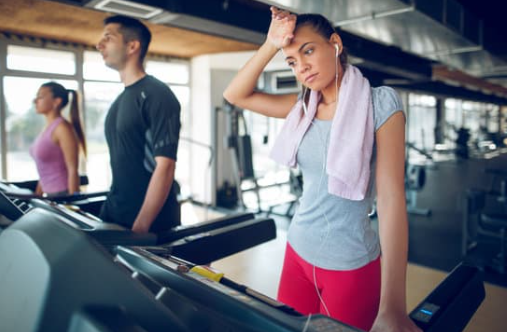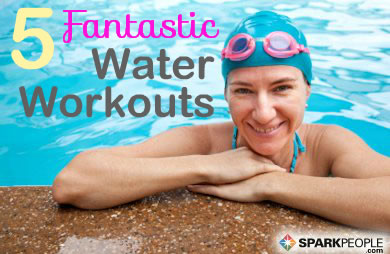You may be surprised to learn that you can train less and see better results—yes, it's true! And you don't have to buy any special equipment, either—all you need is your body and the proper training knowledge.
But first, it’s important to understand the anatomy of the rectus abdominis. This muscle group, more commonly known as the "
"If the
The
Training for Abs of Steel
If strengthening your core and making those
1. Burn fat. You may be surprised to know that most people actually do have strong, defined
2. Don't crash diet. Some people will swear that a key to their flat
3. Be realistic. For visible abdominal definition, your body fat percentage has to be pretty low—that's about eight percent body fat for men and 14 percent body fat for women. To put this in perspective, "healthy" ranges of body fat are 14 to 17 percent for men and 21 to 24 percent for women. It may be impossible for some people to reach such low percentages without going to extreme measures. Remember that women are genetically predisposed to store more fat around the belly and need minimum levels of body fat to be healthy and menstruate. You'll have to decide if washboard
4. Train the
Just like you should allow your biceps, for example, to rest one to two days between workouts, the same is true for the
5. Vary your program. Every exerciser should add variety to their exercises to keep the body surprised and continue seeing results. Try to change up your exercises (both cardio and strength) at least every four to six weeks, if not more often. This will help prevent plateaus and allow you to progress from easier to more advanced exercises as you become stronger.
There are many exercises you can add to your strength training routine to target the core. These five are a great place to start.
- Modified Plank. This yoga pose is a great core strengthener—especially when you need a break from crunches. It strengthens the deep transverse abdominis muscle, which can help reduce back pain. If you're just starting out, set up with your elbows directly beneath your shoulders and your knees on the ground. The goal here is to have a flat back. As you get stronger, step the feet back into a full plank, maintaining a straight line from your heels to your head.
- Crunches on a Ball. As boring as they may seem, studies show that crunches done on a stability ball are the most effective exercise for the
abs . To perform, sit on the stability ball, then lean back so your lower back extends over the surface of the ball. Contract theabs to come back to the top and repeat. - Seated Twist with Medicine Ball. You don't have to hold a weight to feel this exercise, which also works the obliques. If you want the extra challenge, hold a medicine ball at your chest with your feet flat on the floor and knees bent. Lean back to about a 45-degree angle, or until you feel your
abs begin contracting. From this position, twist from the core to the right, back to center and then to the left. - Reverse Crunch with Ball. To perform this exercise, you'll need a stability ball placed between ankles and calves. Squeeze the ball into place, then roll onto your back, keeping your knees at 90-degrees. As you exhale, pull the knees toward the chest, then inhale as you return to start. No, it doesn't target your "lower
abs ," but this is a great variation for regular crunches. The ball adds a challenge, but you can also do this with just bent legs and no ball. - Pilates. This gentle, yet effective, form of exercise focuses on strengthening the body from the center. It involves precision and concentration. With practice, individuals can expect better core strength, flatter
abs , improved posture and a more balanced body.
- Back Extensions. Simple and straightforward, you'll feel the back working after just a few of these! Begin by lying face down on a mat with your arms straight by your sides. Brace the core and peel your head and chest off the mat, squeezing the back muscles at the top of the movement. Lower back down slow and with control.
- Swimming. This Pilates exercise is a great for the entire core, especially the lower back. Lying face down with the arms extended long overhead and legs straight, raise your right arm and left leg three to four inches in the air. Exhale and switch, raising your left arm and right leg. Continue "swimming", keeping the core tight throughout.
- Slow Swimming with Ball. This advanced move targets the whole core to help you balance on the ball as you engage the erector spinae.






.png)



.png)


